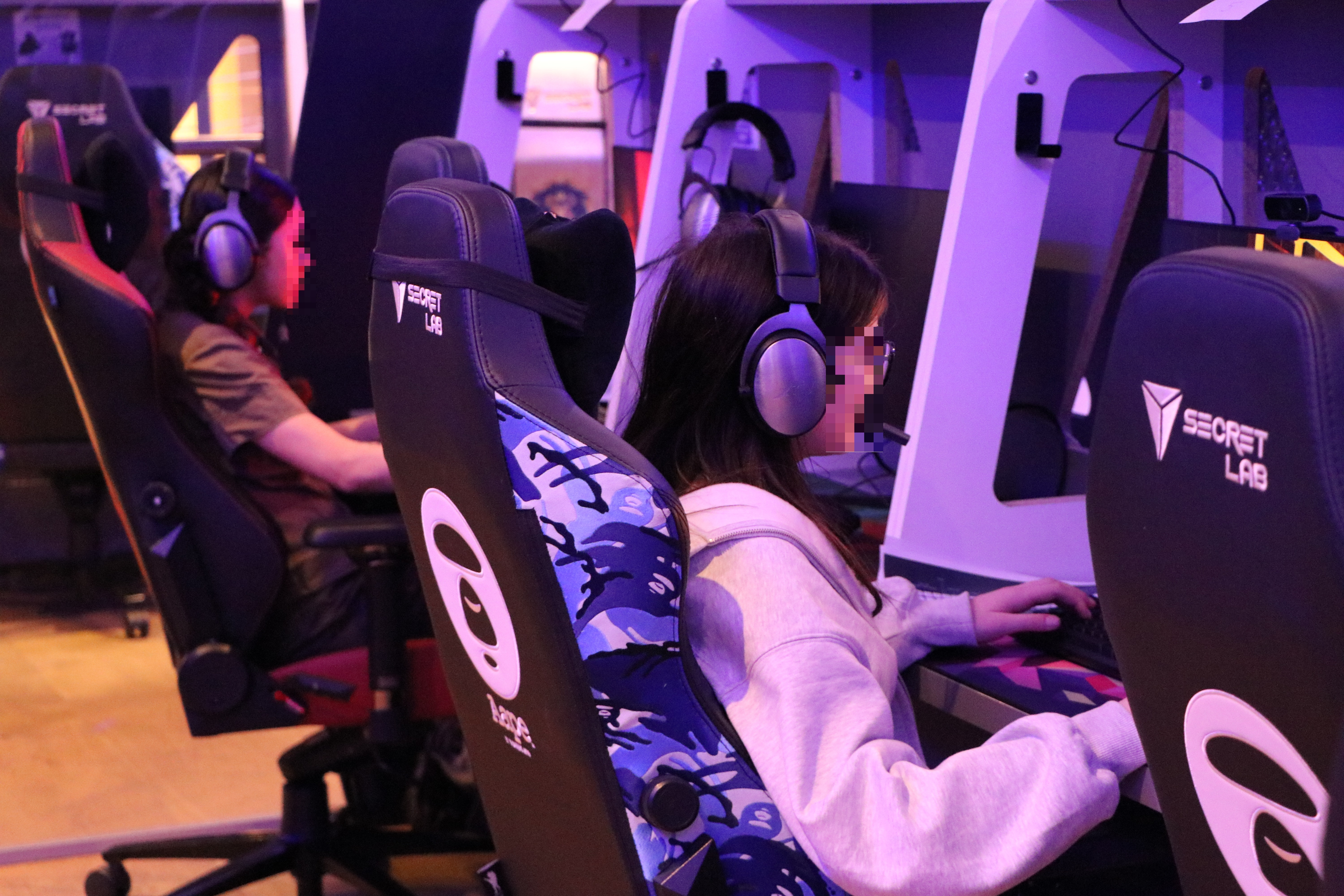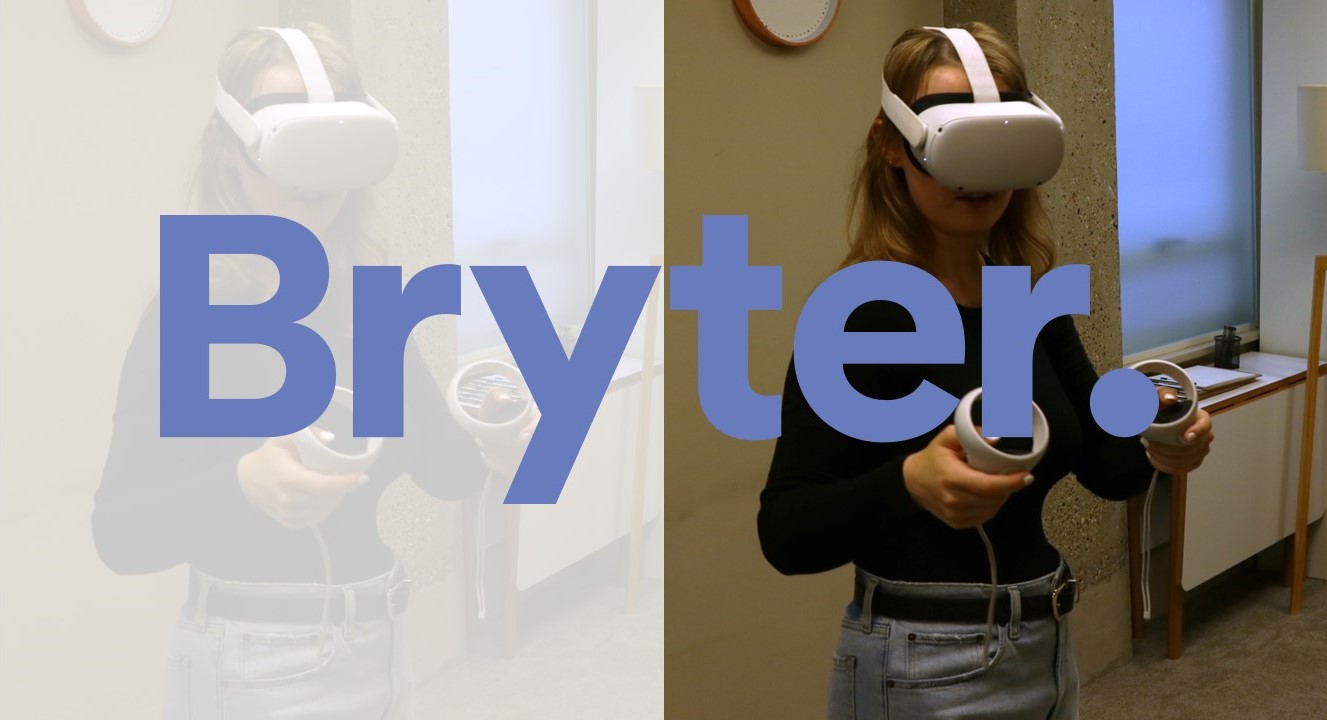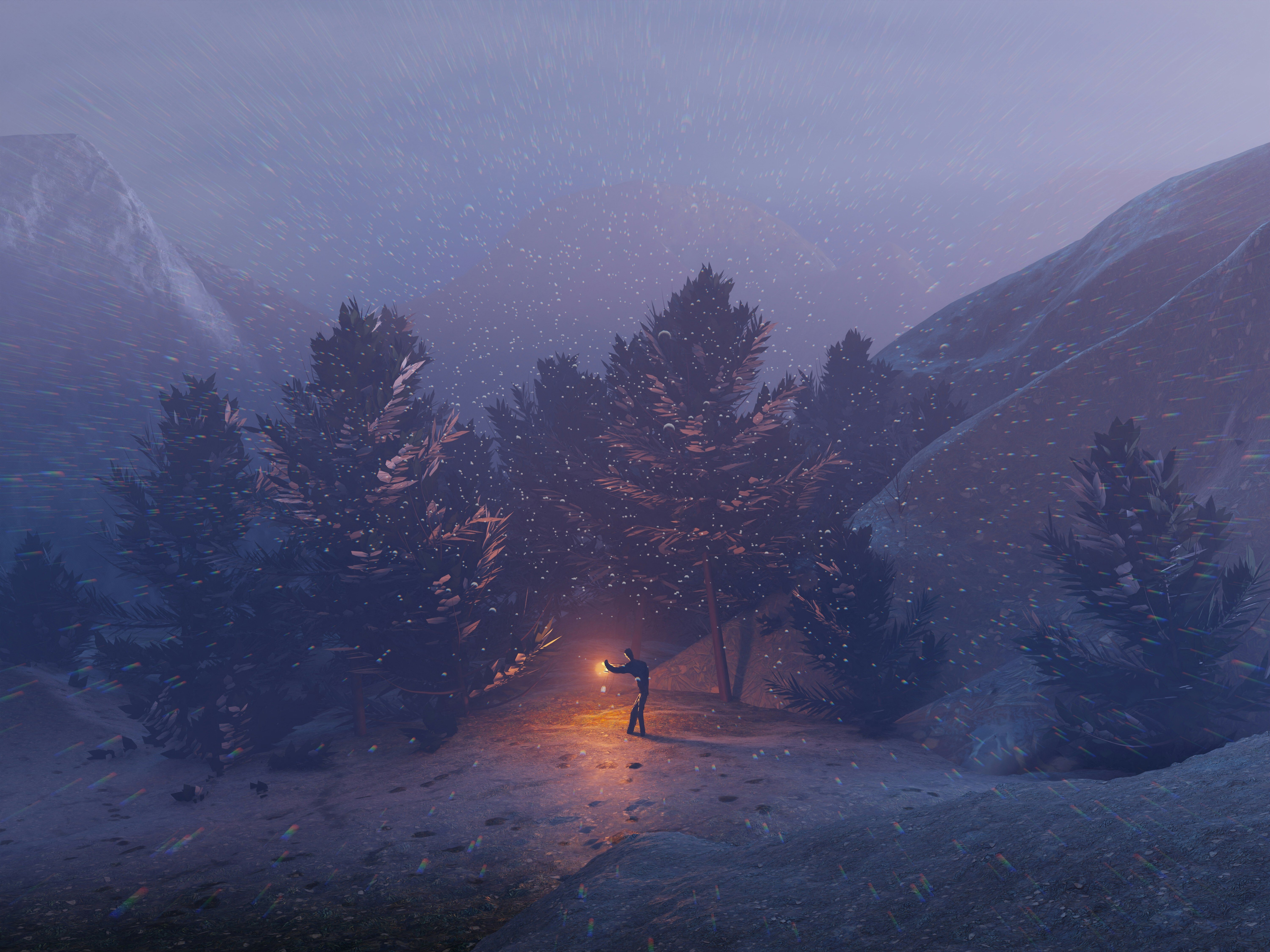Senior Analyst Huw Williams discusses what to expect from a Bryter playtest.
Imagine sitting in a sleek studio, controller in hand, diving into a new game no one else has played yet and getting paid to do it. That’s what being a playtester for Bryter is all about. Whether you're a lifelong Xbox loyalist or prefer the refined interface of a PlayStation, player testing gives you the chance to shape the games of tomorrow. But what actually happens during a day of playtesting with Bryter? How do you get involved, and what should you expect? Let’s take a proper look.
How to Find Game Testing Opportunities with Bryter
First things first; how do you even become a playtester? Bryter’s work in user experience market research means they’re always looking for a range of players to test new games, apps, or features. If you’re part of the gaming community, you might stumble across a recruitment ad in your social feed, or spot something on a forum. Some people even find opportunities through targeted ads based on their web browser activity, though you'll want to check their cookie policy to understand how your data might be used. Direct emails to players of existing games are also an important way we find the right people, so keep on playing what you play.
Once you find the link, usually a unique URL taking you to our player insights platform, you’ll land on a screening survey. We takes player diversity seriously, so you’ll answer a series of questions about your gaming preferences, habits, and the devices you use. It might seem like a faff, but this helps them match you with the right testing projects. It also ensures that the feedback they gather spans a wide range of experiences; from seasoned players who clock 20+ hours a week to parents sneaking in an hour of mobile puzzle games after bedtime.
-1.jpg?width=1080&height=720&name=Bryter%20-%20A%20Day%20in%20the%20Life%20of%20a%20Bryter%20Playtester%2001%20(2)-1.jpg) A VR Playtester in full flow
A VR Playtester in full flow
Getting Selected: The Sign-Up and Screening Process
Once you’re shortlisted, you’ll receive a more detailed form to fill out. Expect questions not just about your preferred console, PC, or mobile, but also your attitudes to gaming, how you interact with game stories, and what you think makes a good tutorial. You might be asked if you’ve tested games before, whether you stream, or how often you interact with game-related content on social media.
They’ll also ask you to accept their privacy user agreement, privacy terms, and confirm you’re happy with how your data is being used, especially important if social media cookies are involved. You may need to upload some info or even complete a short video task introducing yourself. Think of it like auditioning for a low-key reality show where your job is to help improve video games.
Testing Day: What Happens During a Session
So, you've been selected, congrats! On the day, you'll travel to a designated testing facility or log in remotely, depending on the study. If it’s in-person, you’ll likely head to a quiet, tech-filled space where you’re greeted by a friendly researcher who explains the setup. Some tests are under observation, others involve screen recording, and some might even track eye movement or app activity data to monitor how you're interacting with the game.
You’ll typically play an early-stage or beta version of a game. It might look slightly unfinished, the graphics could be glitchy, and the gameplay unpolished, but that’s the point. Your reactions and feedback are what will help the developers add the polish. Whether you’re battling enemies, exploring open worlds, or navigating in-game menus, every click and comment is part of our user experience player recruitment mission.
Expect to spend a good hour or two immersed in the game (at least), with researchers noting everything from when you get bored to what makes you laugh. Sometimes you’ll be asked to speak aloud about your thought process, which can feel a bit odd at first, but you get used to it. You might also be asked to complete tasks or challenges, report bugs, or simply describe how it “felt” to play. All of this gets fed back into the player insights platform for analysis.
 Our playtesting takes us to some fantastic venues
Our playtesting takes us to some fantastic venues
Sharing the Good, the Bad and the Buggy
After the game session, you’ll take part in a feedback interview. This could be a face-to-face chat or a questionnaire, depending on the study. This is where we collect structured game feedback: Did the controls feel intuitive? Was the tutorial helpful? Did anything frustrate you or take you out of the experience?
You don’t need to be a professional reviewer or an industry insider. In fact, they prefer honest, real-world input. One person’s throwaway comment, like "I didn’t notice that enemy" or "the map was confusing", could spark a change that improves the game for millions.
This is the beating heart of user experience market research: gathering authentic player reactions to help studios make smarter design choices. We then turn this information into detailed reports that guide game developers as they iterate on their creations.
The Final Rule: Say Nothing to Anyone
Now for the unglamorous bit. Once the test is over, you won’t be snapping selfies with the dev team or tweeting out screenshots of what you’ve just played. You’ll have signed a Non-Disclosure Agreement (NDA) before you even touch a controller.
That means no talking about what you played, even to your closest mates. Not on WhatsApp, not in the pub, not in a Reddit thread. The reason? Some of the games you test might be months or even years away from public release. A single leaked screenshot could cause chaos for a studio or ruin the surprise for future players. So, while you might be buzzing inside from playing something brilliant, your lips have to stay sealed.
 VR playtesting in the Bryter office
VR playtesting in the Bryter office
Heading Home With a Secret (and a Sense of Pride)
At the end of the session, you’ll probably leave with a small incentive, cash, gift cards, or vouchers, depending on the project, and a brain full of unreleased game content you can’t talk about. You might feel a bit like a spy, walking home with insider knowledge of a game that could become the next big thing.
And while you can’t share specifics, you can still feel proud. You've helped improve the experience for thousands (maybe millions) of players. You’ve played your part in shaping the future of entertainment, one test session at a time.
So, next time someone grumbles about a clunky game mechanic or raves about a perfect level design, smile quietly. You might’ve been the one who spotted it first.
Conclusion
Being a playtester with Bryter isn’t just about getting an early look at new games, it’s about making them better. From the moment you sign up via their player insights platform to the hush-hush moment you leave the test session under NDA, you’re part of a process that’s shaping the future of videogames.
It’s not always glamorous. Sometimes it’s buggy, repetitive, or just plain weird. But your input matters. Every moment of confusion, every burst of excitement, every offhand comment about a dodgy menu or satisfying combo, it all feeds into smarter design, sharper gameplay, and ultimately, better games for everyone.
You might never see your name in the credits. You definitely can’t tweet about it. But next time you're playing something slick, seamless and brilliant, you can quietly think: “I helped make this better.” And that’s a pretty great feeling.
For further information, check out this article on Game testing. For anything about our VR study, conduct your own playtesting or anything else mentioned in this article. Please get in touch with the author, Huw Williams (huw.williams@bryter-global.com), or our Head of Gaming, Jenny McBean (jenny.mcbean@bryter-global.com); we’d love to hear from you.
Our work provides strategic, evidence-based guidance from the initial concept and market sizing through to post-launch assessments. Read more about how market research can be used to support video game developers




